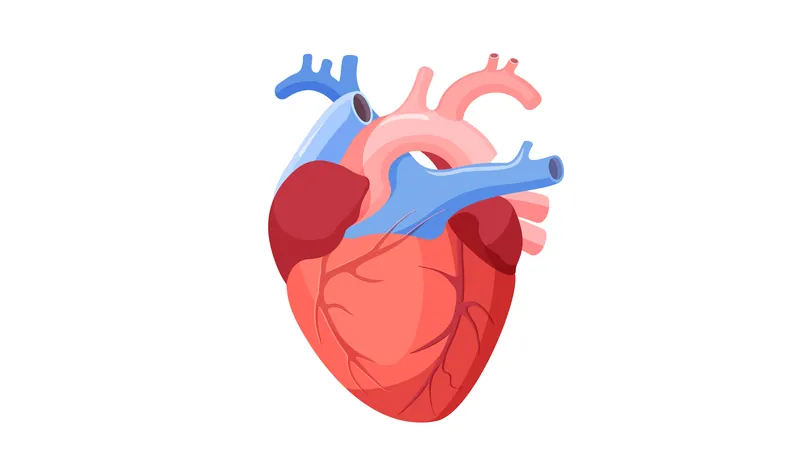Heart
The heart is a four-chambered organ located between our lungs. Blood is pumped by the heart through two loops, one to the lungs, oxygenating the blood, and the other out to the rest of the body, delivering that oxygen to our tissues. This constant flow of blood is imperative to the function of all other organs. It transports waste through the filters in our kidneys, carries the nutrients we eat from the gut to the rest of the body, and distributes various secreted hormones to other tissues, among many other functions.
Cardiovascular disease is the leading cause of death in the world. Smoking, lack of exercise, obesity, high cholesterol, high blood pressure, and diabetes are all risk factors for heart disease, but age is ultimately the biggest risk factor, regardless of lifestyle. As we age, our arteries stiffen and plaque builds up, causing our hearts to work harder to achieve the same amount of blood flow. In response, the heart muscle grows larger and pumps harder but becomes less efficient. Eventually, the heart cannot overcome the increasing resistance of our arteries. The heart’s coronary arteries are also particularly susceptible to blockages from plaques and clots, halting blood flow and causing heart attacks. This can result in the death of tissue downstream of the blockage and further limits the heart’s ability to pump blood. The valves of the heart (which prevent backward flow) are also highly susceptible to deterioration and failure with age. Other, less common conditions, such as congenital defects and arrhythmias, can also effect the heart and be life-threatening to patients.

